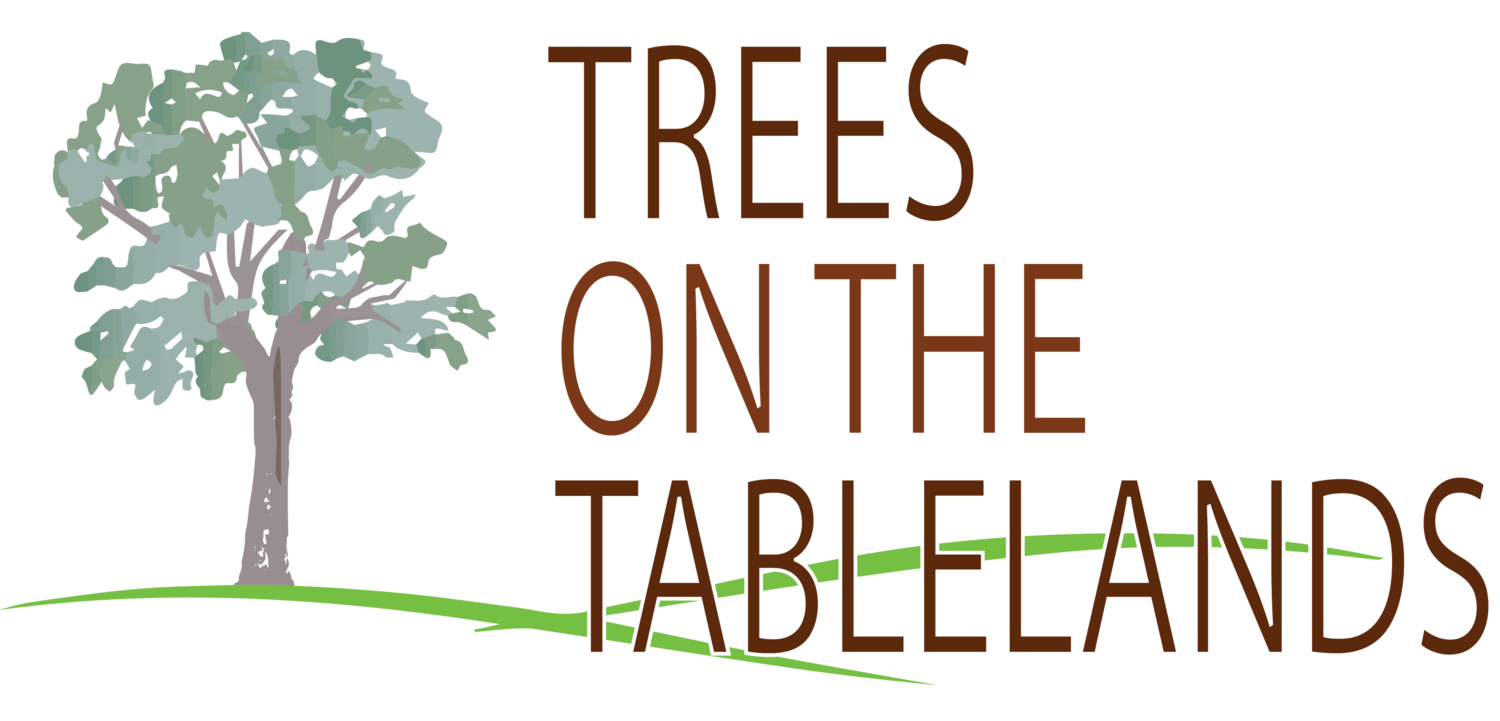Snow Gum
(Eucalyptus pauciflora)
Characteristics
Of all the white gum species, Snow gum or White-sallee (Eucalyptus pauciflora) is one of the most recognisable and known to many as an iconic Australian alpine tree. As the name suggests, Snow gums are capable of withstanding icy cold conditions and are often found at elevations above 700 m inhabiting rocky outcrops with high exposure to snow and heavy frosts. A member of the endangered Ribbon-gum – Mountain-gum – Snow-gum grassy forest/woodland community, E. pauciflora often grows as co-dominant to other White gum species or within New England Peppermint grassy woodlands. Unlike other White gum species, E. pauciflora has a shorter habit and can reach heights of 15 to 20 m. Snow gum woodlands often have little to no mid-story structure but a rich grassy understory, however, when occurring alongside other species of white gum mid-story elements such as Acacia may be present.
Unlike its scientific name ‘Pauciflora’ which translates to ‘few-flowered’, snow gums are prolific flowerers, producing large blooms of creamy white flowers that attract wildlife including birds, mammals, and pollinating insects. Snow gums flower most years between the months of October and January, with fruits held in the canopy for 12 to 15 months and dispersing seed throughout the late summer period as the disc and valves harden off (Figure 2). Like other Eucalyptus species, Snow gums develop a lignotuber within their first year of growth seen at the base of saplings as a woody tuberous swelling. The formation of a lignotuber allows the tree to cache resources for future use in regenerating following fire, drought, loss of limbs, grazing and insect attack.
Figure 1: Dominant Snow gum grassy woodland – Eucalyptus pauciflora on the Northern Tablelands near Uralla. Photo Ben Vincent.
Snow gums are one of the easier White gums to identify despite having similar morphological characteristics to Ribbon gum and Mountain gum. Depending on the season, Snow gums shed their bark in long strips throughout the tree revealing smooth creamy white bark underneath which often has subtle shades of green, pink, and grey. Snow Gum branches commonly present a gnarled or twisted habit throughout the mid to upper canopy and form into a proportionally smaller crown diameter when compared to mature Ribbon gum and Mountain gum. The most prominent and identifiable characteristic of E. pauciflora is its large adult leaves that present as shiny, thick, and drooping in habit with distinctive longitudinal and parallel veins running the length of the leaf. Flowers are significantly larger than other white gum species, with umbels holding anywhere from 7 to 11 buds and producing medium-sized hemispherical to conical-shaped fruits with enclosed valves. Snow gums often produce an abundance of seeds that are easily propagated, with each fruit holding 3 to 5 seeds per valve.
Figure 2: Identifying characteristics of Snow gum – Eucalyptus pauciflora. Top-left: Juvenile seedling. Bottom-left: Adult leaf. Top-right: New buds. Bottom-right: Mature fruit with and without open valves. Center: Lower trunk bark. Photos Ben Vincent.
Figure 3: Identifying characteristics of Snow gum – Eucalyptus pauciflora. Left: Flowering Snow gum. Top and bottom-right: Flower. Photos Ben Vincent.
Threats
Snow gums are a key member of the endangered Ribbon-gum – Mountain-gum – Snow-gum ecological community and are an important habitat tree for native fauna. Since the introduction of agricultural development on the Northern Tablelands, E. pauciflora alongside other members of the Ribbon-gum – Mountain-gum – Snow-gum grassy woodlands have been successively and systematically cleared, leaving many of the remaining stands heavily fragmented and isolated. Due to continued agricultural activity amongst remaining communities, populations of E. pauciflora are still in rapid decline with many struggling to recruit new saplings as grazing and fertiliser pressures limit natural regeneration. Furthermore, as climate change is predicted to intensify local environmental conditions across Australia, it is increasingly likely that the current threat levels impacting E. pauciflora habitat will in turn increase (CSIRO, 2020). As such E. pauciflora occurring within the Ribbon-gum – Mountain-gum – Snow-gum ecological community has been listed as an endangered species under the biodiversity conservation act of 1999 (OEH, 2022).
Key features
Grow at elevations above 700 m
Renowned for their ability to withstand harsh conditions of frost and snow
Are often found growing in low-lying landscape positions, including gullies or areas adjacent to riparian zones
Produce prolific flowers between October and January, with fruits held in the canopy for 12 to 15 months
Are an important food resource for woodland birds and insects
References
CSIRO, (2020). Climate change in Australia. Retrieved from: https://www.csiro.au/en/research/environmental-impacts/climate-change/climate-change-information accessed on 17 June 2022.
OEH – Office of Environment & Heritage (2022). Ribbon gum - mountain gum - snow gum grassy forest/woodland of the New England Tableland Bioregion - endangered ecological community listing. Retrieved from https://www.environment.nsw.gov.au/threatenedspeciesapp/profile.aspx?id=20040#Threats accessed on 17 June 2022.
PlantNET - The NSW Plant Information Network System (2022). Eucalyptus pauciflora. Royal Botanic Gardens and Domain Trust, Sydney. https://plantnet.rbgsyd.nsw.gov.au/cgi-bin/NSWfl.pl?page=nswfl&lvl=sp&name=Eucalyptus~pauciflora#:~:text=PlantNET%20%2D%20FloraOnline&text=Eucalyptus%20pauciflora%20Sieber%20ex%20Spreng.&text=Description%3A%20Tree%20to%2020%20m,ovate%2C%20dull%20grey%2Dgreen accessed on 27/06/2022
Snow Gum (Eucalyptus pauciflora) sapling
Snow Gum (Eucalyptus pauciflora) woodland
Snow Gum (Eucalyptus pauciflora) leaf character
Snow Gum (Eucalyptus pauciflora) flowering




